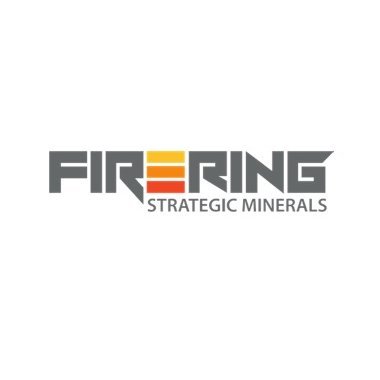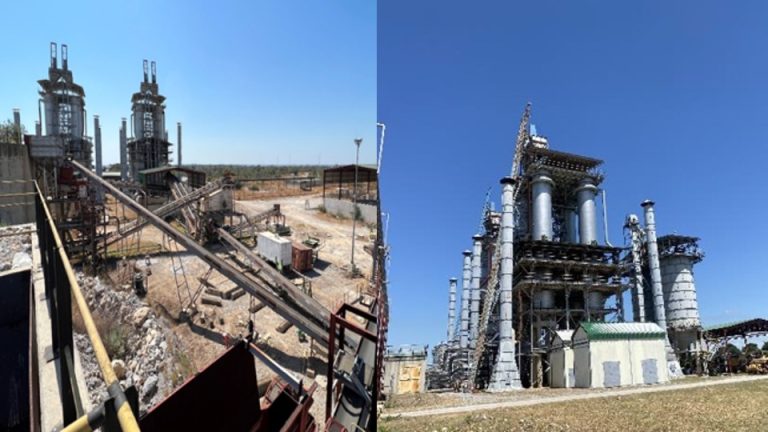A subtle shift beneath the surface of modern mining is redrawing the balance between cost, efficiency and environmental stewardship. In an industry long defined by complex chemical choreography, a simple mineral is quietly asserting itself as the linchpin in unlocking broader margins and greener extraction practices. This shift hints at the power of refining fundamentals rather than chasing ever more exotic reagents.
Beneath the clatter of heavy machinery and the gleam of conveyor belts lies a deceptively straightforward process: cyanide leaching. Despite its controversial reputation, cyanide remains the most efficient route to liberate gold from low-grade ores, but it demands rigorous pH control to function safely and effectively. Introducing quicklime at key junctures of this cycle neutralises acidity, stabilises cyanide complexes and helps precipitate heavy-metal impurities into manageable sludges. The result is a more consistent recovery profile and simplified downstream treatment, sparing costly interventions later in the mills and tailings facilities.
Yet it is not only the economics of yield that quicklime addresses. As environmental regulations grow increasingly stringent, driven by both community concerns and shareholder scrutiny, operators seek solutions that minimise toxic legacies without undermining throughput. Lime’s capacity to encapsulate arsenic, lead and other hazardous by-products in insoluble matrices enables detoxification of spent leach liquor and tailings streams in a single stroke. In doing so it transforms what was once a contentious disposal challenge into a routine neutralisation step, aligning operational protocols with evolving sustainability benchmarks. For investors, this dual benefit of enhanced metal recovery coupled with reduced remediation risk signals a tool that can materially improve both the top line and the risk profile of a gold project.
This nuanced chemistry unfolds in two main stages. In the primary leach pad, quicklime raises pH levels to an optimal window where cyanide remains stable and reactive, avoiding the formation of undesirable by-products such as thiocyanate. That stability translates into fewer chemical overdoses, lower reagent consumption and more predictable gold dissolution curves. Once the pregnant solution returns to the processing plant, a second addition of lime drives heavy metals out of solution, forming easily separated precipitates that simplify water recycling and eliminate vast volumes of contaminated effluent. Beyond gold, this pH-adjustment technique has found traction in other non-ferrous operations, notably copper and nickel, where similar metallurgical challenges persist.
Behind these operational advances is a network of technical experts who collaborate with mine planners from feasibility through ramp-up. Customising lime blends to account for ore mineralogy, water quality and climate ensures that temperature spikes during hydration, inherent to quicklime’s exothermic reaction with water, are harnessed rather than feared, accelerating process kinetics without jeopardising equipment integrity. Such tailored solutions differentiate mere commodity suppliers from strategic partners, embedding knowledge transfer and continuous improvement into the life of the mine. For investors analysing capital allocation across mining services, partnerships that embed specialised expertise often deliver more resilient returns than static supply contracts.
Market dynamics also play in quicklime’s favour. While gold prices can oscillate, the underlying demand for ore treatment remains constant, cushioning revenue streams for lime producers against the cyclical swings in bullion markets. Moreover, as mines extend the reach of open pits and pursue deeper, more refractory deposits, the volumes of processing reagents required trend upward, underpinned by the need for robust pH control at scale. This structural tailwind positions lime more as a strategic input than as a discretionary cost, mirroring how cement underpins infrastructure rather than serving as a marginal building expense.
As capital discipline tightens across the mining sector, operators increasingly scrutinise every line item for both cost efficiency and operational resilience. Quicklime’s dual role in optimising gold recovery while bolstering environmental compliance offers a convergent solution that meets both imperatives. Deploying lime effectively allows project managers to defer large-scale water treatment investments and sidestep expensive chemical alternatives, all while maintaining the recoveries essential to project economics. In this light, investment in proven pH-control infrastructure backed by seasoned technical support may deliver outsized value compared with speculative high-cost innovations.
In summary this specialised mineral reagent, delivered through a partnership model, underpins both the metallurgical performance and the sustainability credentials of modern gold operations. Its ability to neutralise acidity, stabilise cyanide leaching and precipitate contaminants positions it as a foundational element in the mining value chain, offering a clear line of sight to improved recoveries and reduced environmental liabilities.
Firering Strategic Minerals plc (LON:FRG) is an emerging quicklime producer and critical minerals explorer, with operations in Zambia and West Africa.











































